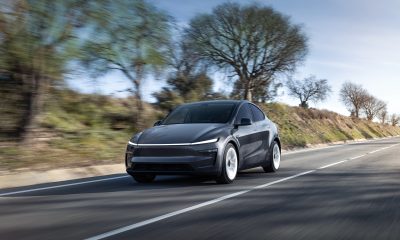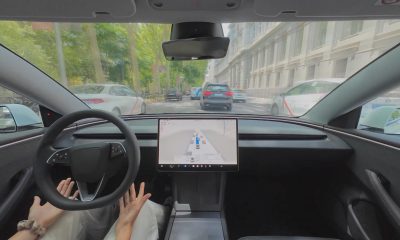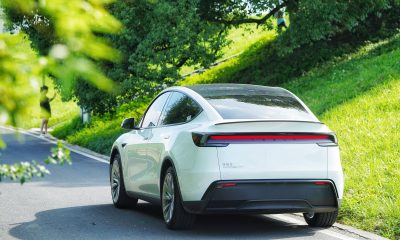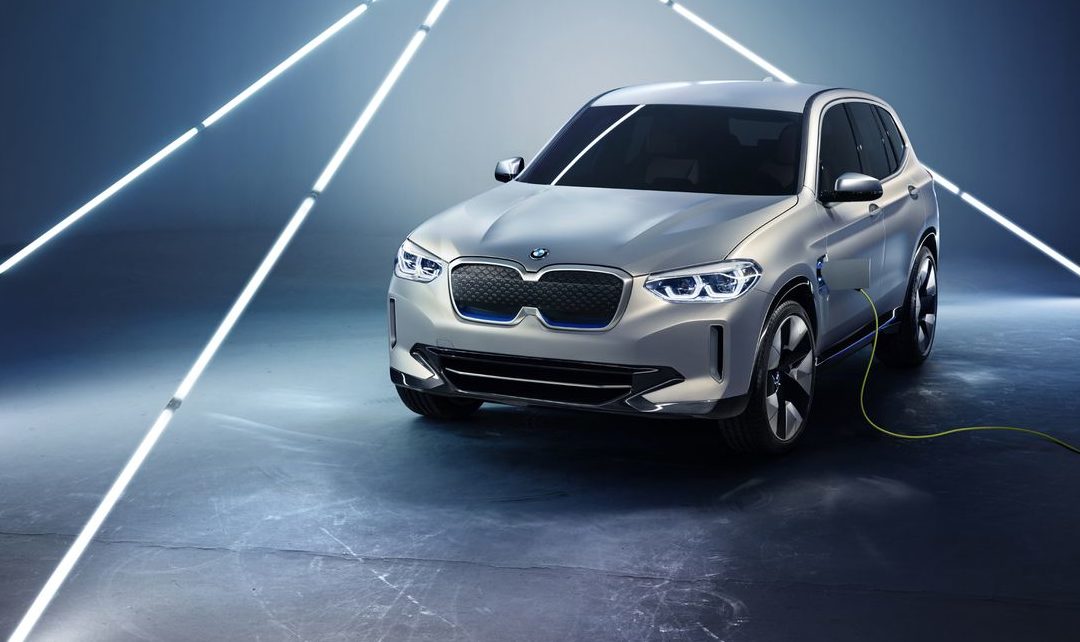

Investor's Corner
BMW CEO reportedly risks replacement amid poor sales, weak EV strategy, and the rise of Tesla’s Model 3
BMW CEO Harald Krüger has always preferred to work in the background. Content to leave the stage for others, Krüger has mostly led BMW in an almost understated manner. Yet, in a recent meeting with German Chancellor Angela Merkel and fellow executives from rivals Volkswagen and Daimler, the CEO proved assertive, announcing that BMW will be looking to sell around 300,000 electric and electrified vehicles annually by 2021.
Krüger’s assertive stance on EVs is likely due to pressures that BMW is feeling in the electric vehicle market, which has, in more ways than one, started affecting the security of the CEO’s post. The 53-year-old BMW executive’s contract expires in May 2020, and theoretically, the company’s Supervisory Board could extend it. Unfortunately, reports are now emerging that Krüger’s contract as BMW’s chief executive might not be extended anymore, according to information gathered by German news agency Handelsblatt.
Amidst BMW’s current challenges, the publication alleges that the automaker no longer considers an extension of Krüger’s CEO contract as the most plausible scenario in the near future. Talks of tensions in BMW’s leadership have emerged, and an insider has even noted that there is “high pressure in the boiler.” If Krüger is not able to keep his CEO post, two board members are reportedly set to take over his seat: the ambitious Head of Development Klaus Fröhlich and the more tempered Oliver Zipse, who took over BMW’s production department from Krüger back in 2015.
BMW is currently facing a number of challenges. The company has initiated a group-wide “hiring freeze,” and the CEO’s critics were quick to point out that despite BMW’s “biggest model offensive in the company’s history,” sales have stagnated. Over the past nine months, the German automaker surprised with two profit warnings, and margins for its vehicles are under pressure. Krüger, for his part, remained cautiously optimistic, stating that “In the second half of the year, we expect a tailwind” amid the upcoming release of large vehicles like the BMW X7 SUV.
Hiring freezes and poor sales aside, one thing that has notably irked the German automaker’s shareholders is its poor electric vehicle strategy. In 2013, Krüger’s predecessor, Norbert Reithofer, launched the BMW i3, a curiously futuristic electric car that was compared to the Tesla Model S. BMW has not released a pure battery-electric vehicle since then. Jaguar has started its push with the I-PACE, Audi has released the e-tron, and Mercedes-Benz has already unveiled the EQC. BMW’s iX3, on the other hand, won’t be ready for at least another year. Speaking to the publication, a competitor noted that “BMW was ahead, now they are suspended.”
The emergence of Tesla as a player in the premium sedan market has also become a painful pill to swallow for BMW. With its international rollout, the Tesla Model 3 continued to hack away at the sales of BMW’s iconic 3-Series sedan. Tests from publications such as Top Gear, which have been traditionally pro-petrol in the past, have also recognized the Silicon Valley-made Model 3 as superior in more ways than one to a BMW. Tesla’s rise has not escaped the attention of BMW’s investors, who appear to be getting quite impatient with the German automaker’s delayed, if not half-hearted EV strategy.
These sentiments were expressed during BMW’s annual shareholder meeting in May. Addressing the company, shareholder protector Daniela Bergdolt did not mince words. “I now expect an electric offensive that sweeps Tesla off the table,” she said, and the company did not really have a strong response. There’s the i4 and the iNext, but both vehicles don’t currently have a concrete release date. The impressive BMW Vision M Next, which was recently revealed, is also an eye-catching concept vehicle, but it still remains to be seen if or when the car will enter production.
Elon Musk
Tesla analyst issues stern warning to investors: forget Trump-Musk feud

A Tesla analyst today said that investors should not lose sight of what is truly important in the grand scheme of being a shareholder, and that any near-term drama between CEO Elon Musk and U.S. President Donald Trump should not outshine the progress made by the company.
Gene Munster of Deepwater Management said that Tesla’s progress in autonomy is a much larger influence and a significantly bigger part of the company’s story than any disagreement between political policies.
Munster appeared on CNBC‘s “Closing Bell” yesterday to reiterate this point:
“One thing that is critical for Tesla investors to remember is that what’s going on with the business, with autonomy, the progress that they’re making, albeit early, is much bigger than any feud that is going to happen week-to-week between the President and Elon. So, I understand the reaction, but ultimately, I think that cooler heads will prevail. If they don’t, autonomy is still coming, one way or the other.”
BREAKING: GENE MUNSTER SAYS — $TSLA AUTONOMY IS “MUCH BIGGER” THAN ANY FEUD 👀
He says robotaxis are coming regardless ! pic.twitter.com/ytpPcwUTFy
— TheSonOfWalkley (@TheSonOfWalkley) July 2, 2025
This is a point that other analysts like Dan Ives of Wedbush and Cathie Wood of ARK Invest also made yesterday.
On two occasions over the past month, Musk and President Trump have gotten involved in a very public disagreement over the “Big Beautiful Bill,” which officially passed through the Senate yesterday and is making its way to the House of Representatives.
Musk is upset with the spending in the bill, while President Trump continues to reiterate that the Tesla CEO is only frustrated with the removal of an “EV mandate,” which does not exist federally, nor is it something Musk has expressed any frustration with.
In fact, Musk has pushed back against keeping federal subsidies for EVs, as long as gas and oil subsidies are also removed.
Nevertheless, Ives and Wood both said yesterday that they believe the political hardship between Musk and President Trump will pass because both realize the world is a better place with them on the same team.
Munster’s perspective is that, even though Musk’s feud with President Trump could apply near-term pressure to the stock, the company’s progress in autonomy is an indication that, in the long term, Tesla is set up to succeed.
Tesla launched its Robotaxi platform in Austin on June 22 and is expanding access to more members of the public. Austin residents are now reporting that they have been invited to join the program.
Elon Musk
Tesla surges following better-than-expected delivery report
Tesla saw some positive momentum during trading hours as it reported its deliveries for Q2.

Tesla (NASDAQ: TSLA) surged over four percent on Wednesday morning after the company reported better-than-expected deliveries. It was nearly right on consensus estimations, as Wall Street predicted the company would deliver 385,000 cars in Q2.
Tesla reported that it delivered 384,122 vehicles in Q2. Many, including those inside the Tesla community, were anticipating deliveries in the 340,000 to 360,000 range, while Wall Street seemed to get it just right.
Tesla delivers 384,000 vehicles in Q2 2025, deploys 9.6 GWh in energy storage
Despite Tesla meeting consensus estimations, there were real concerns about what the company would report for Q2.
There were reportedly brief pauses in production at Gigafactory Texas during the quarter and the ramp of the new Model Y configuration across the globe were expected to provide headwinds for the EV maker during the quarter.
At noon on the East Coast, Tesla shares were up about 4.5 percent.
It is expected that Tesla will likely equal the number of deliveries it completed in both of the past two years.
It has hovered at the 1.8 million mark since 2023, and it seems it is right on pace to match that once again. Early last year, Tesla said that annual growth would be “notably lower” than expected due to its development of a new vehicle platform, which will enable more affordable models to be offered to the public.
These cars are expected to be unveiled at some point this year, as Tesla said they were “on track” to be produced in the first half of the year. Tesla has yet to unveil these vehicle designs to the public.
Dan Ives of Wedbush said in a note to investors this morning that the company’s rebound in China in June reflects good things to come, especially given the Model Y and its ramp across the world.
He also said that Musk’s commitment to the company and return from politics played a major role in the company’s performance in Q2:
“If Musk continues to lead and remain in the driver’s seat, we believe Tesla is on a path to an accelerated growth path over the coming years with deliveries expected to ramp in the back-half of 2025 following the Model Y refresh cycle.”
Ives maintained his $500 price target and the ‘Outperform’ rating he held on the stock:
“Tesla’s future is in many ways the brightest it’s ever been in our view given autonomous, FSD, robotics, and many other technology innovations now on the horizon with 90% of the valuation being driven by autonomous and robotics over the coming years but Musk needs to focus on driving Tesla and not putting his political views first. We maintain our OUTPERFORM and $500 PT.”
Moving forward, investors will look to see some gradual growth over the next few quarters. At worst, Tesla should look to match 2023 and 2024 full-year delivery figures, which could be beaten if the automaker can offer those affordable models by the end of the year.
Investor's Corner
Tesla delivers 384,000 vehicles in Q2 2025, deploys 9.6 GWh in energy storage
The quarter’s 9.6 GWh energy storage deployment marks one of Tesla’s highest to date.
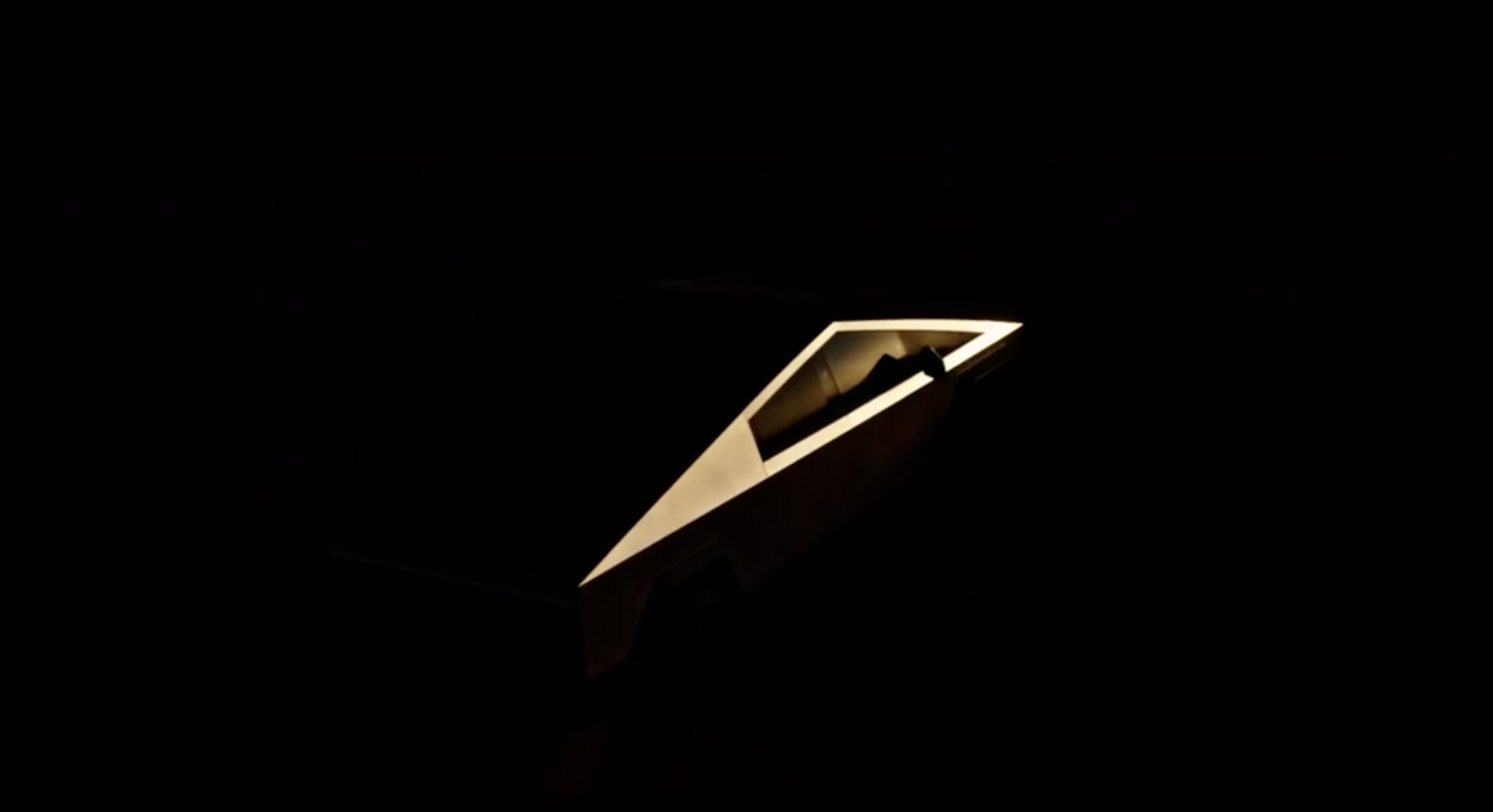
Tesla (NASDAQ: TSLA) has released its Q2 2025 vehicle delivery and production report. As per the report, the company delivered over 384,000 vehicles in the second quarter of 2025, while deploying 9.6 GWh in energy storage. Vehicle production also reached 410,244 units for the quarter.
Model 3/Y dominates output, ahead of earnings call
Of the 410,244 vehicles produced during the quarter, 396,835 were Model 3 and Model Y units, while 13,409 were attributed to Tesla’s other models, which includes the Cybertruck and Model S/X variants. Deliveries followed a similar pattern, with 373,728 Model 3/Ys delivered and 10,394 from other models, totaling 384,122.
The quarter’s 9.6 GWh energy storage deployment marks one of Tesla’s highest to date, signaling continued strength in the Megapack and Powerwall segments.

Year-on-year deliveries edge down, but energy shows resilience
Tesla will share its full Q2 2025 earnings results after the market closes on Wednesday, July 23, 2025, with a live earnings call scheduled for 4:30 p.m. CT / 5:30 p.m. ET. The company will publish its quarterly update at ir.tesla.com, followed by a Q&A webcast featuring company leadership. Executives such as CEO Elon Musk are expected to be in attendance.
Tesla investors are expected to inquire about several of the company’s ongoing projects in the upcoming Q2 2025 earnings call. Expected topics include the new Model Y ramp across the United States, China, and Germany, as well as the ramp of FSD in territories outside the US and China. Questions about the company’s Robotaxi business, as well as the long-referenced but yet to be announced affordable models are also expected.
-

 Elon Musk4 days ago
Elon Musk4 days agoTesla investors will be shocked by Jim Cramer’s latest assessment
-

 News1 week ago
News1 week agoTesla Robotaxi’s biggest challenge seems to be this one thing
-

 Elon Musk2 weeks ago
Elon Musk2 weeks agoFirst Look at Tesla’s Robotaxi App: features, design, and more
-

 News2 weeks ago
News2 weeks agoWatch Tesla’s first driverless public Robotaxi rides in Texas
-

 News2 weeks ago
News2 weeks agoSpaceX and Elon Musk share insights on Starship Ship 36’s RUD
-

 News1 week ago
News1 week agoWatch the first true Tesla Robotaxi intervention by safety monitor
-

 News2 weeks ago
News2 weeks agoTesla has started rolling out initial round of Robotaxi invites
-

 Elon Musk2 weeks ago
Elon Musk2 weeks agoTesla to launch in India in July with vehicles already arriving: report


